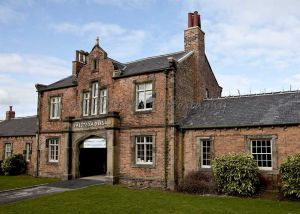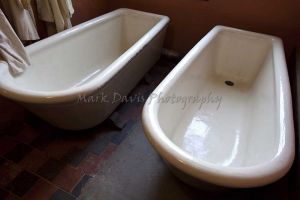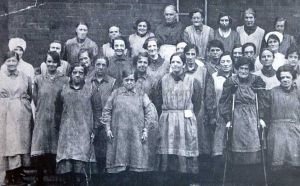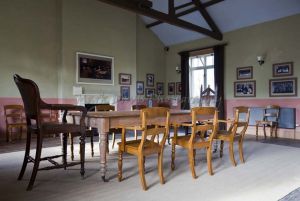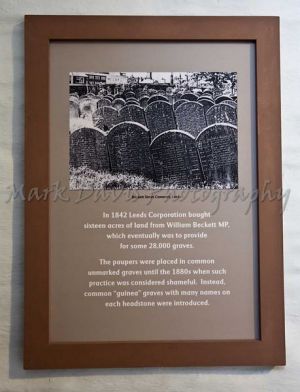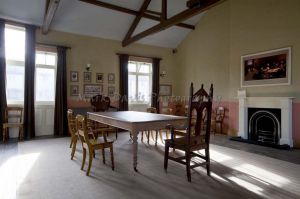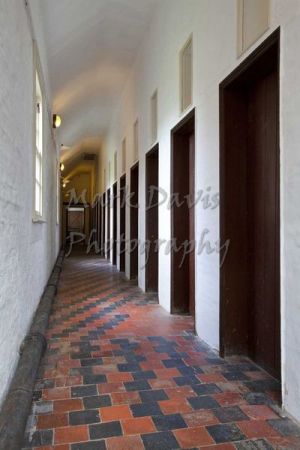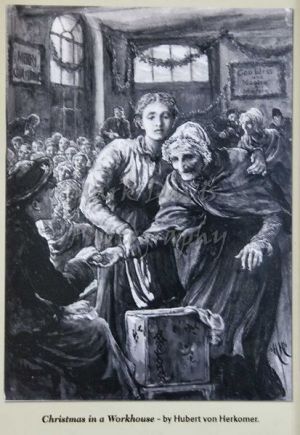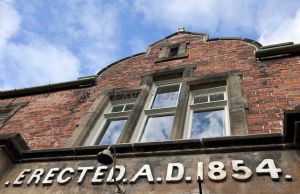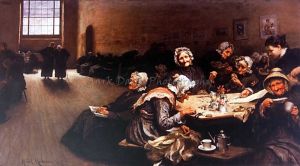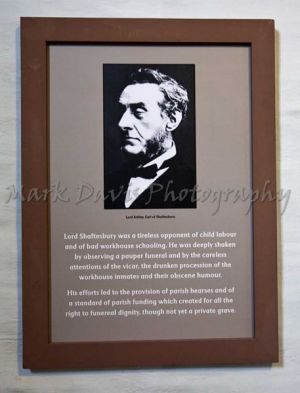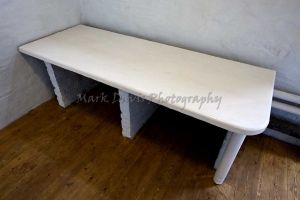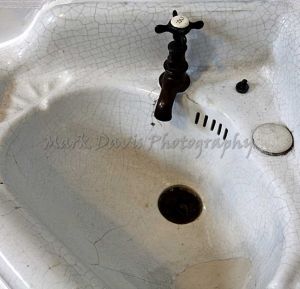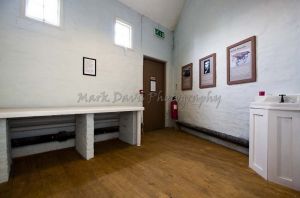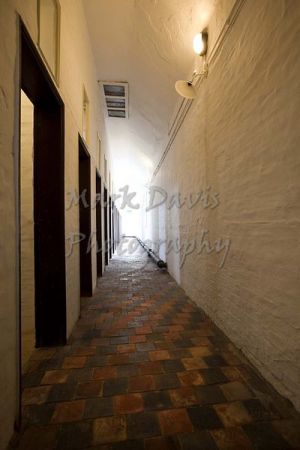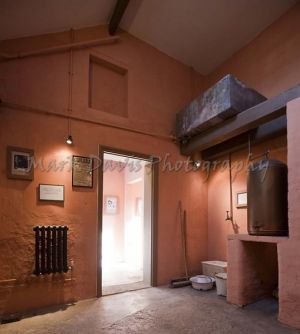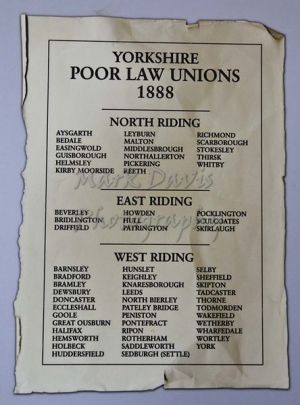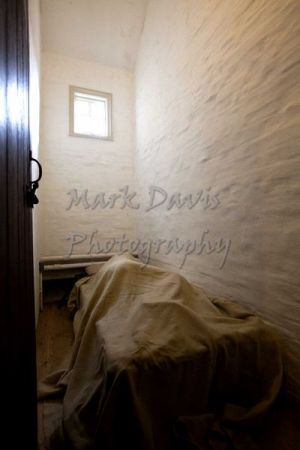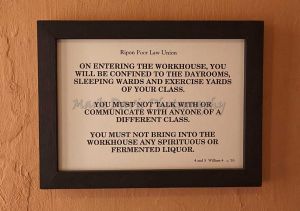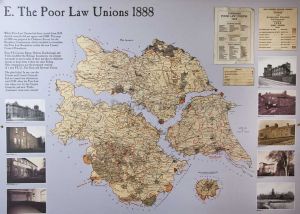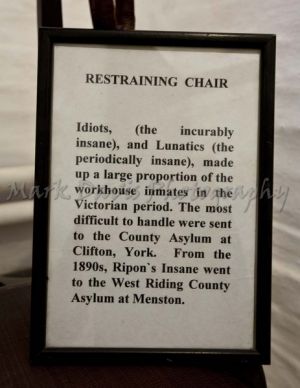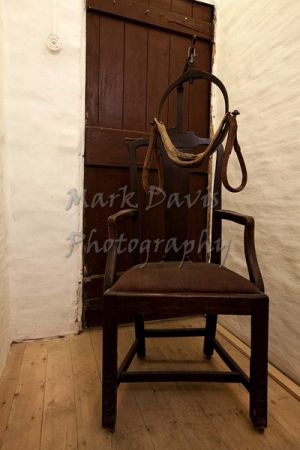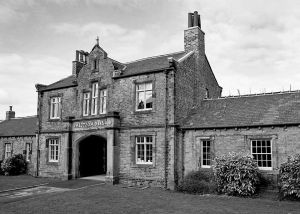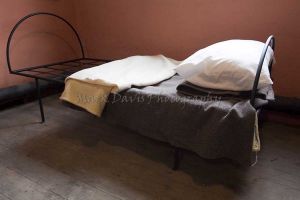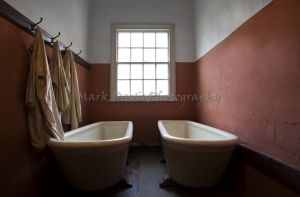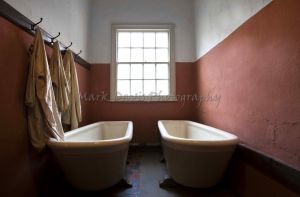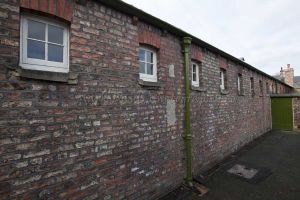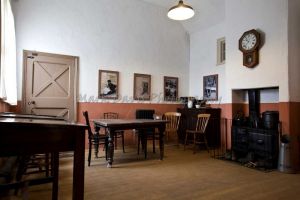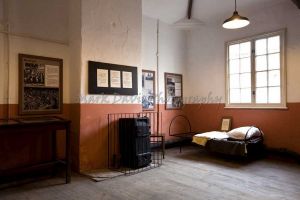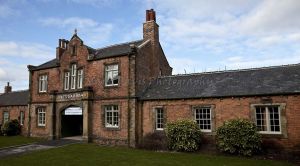Ripon Union Workhouse was a place of last resort for people. You can walk in the steps of the Victorian pauper and experience the austere atmosphere with displays of workhouse food, uniforms and the hard labour they had to endure.
Exciting news – The Museum will be expanding
The project to purchase the main block of the museum has been supported by a grant from the Heritage Lottery Fund. Thanks to National Lottery players, we have been able to we have been able to purchase the main block of the Workhouse, which is located behind the current museum building. Known as Sharow View, the building housed the Master’s house, the dormitory wings and the kitchen and dining room. We are currently looking for volunteers to help us with the rather large task of getting this ready to open for visitors, which we hope will be later in 2017…
The Workhouse Museum is housed in the Gatehouse building, part of the larger Workhouse site (which visitors are welcome to explore), which contained the Guardians’ Room, Vagrants cells and Receiving Ward for inmates. We have also worked hard to recreate the original Workhouse Kitchen Garden, located to the rear of the Workhouse Site which would have been tended by the inmates and been used to feed them.
“Hush-a-bye baby, on a tree top. When you grow old, your wages will stop. When you have spent the little you made. First to the poorhouse and then to the grave.”
This rhyme tells the story of many a working man’s life in the 19th Century. The rather elegant building in Allhallowgate, standing in grounds graced with flower beds, trees, lilacs and even a passion flower, seems far removed from the dreaded Workhouse in Oliver Twist.
A feeling of doom or at best hopeless resignation must have fallen on many passing through the Gatehouse arch and hearing the door shut behind them. They knew they would leave only in the regulation coffin, ‘with two handles, name of the person with the year of their decease inscribed’. Coffins were ordered in bulk.
Nor was it only labourers who entered. In 1861 the ‘former master wheelwright’, ‘former gentleman’s servant’, ‘master shoe-maker’, butcher, farmer and many who had known better times found themselves in old age, or when widowed, in a similar predicament; as did the 24 children under the age of 12, the youngest inmate being Matthew Colby aged two weeks.
Past Ordnance Survey plans and original accounting documents provide some insight into workhouse history.
A Workhouse has stood on this site since 1776. By 1832 there was national concern at the expense of maintaining the poor and a Commission of Enquiry was appointed. Ripon was found to have 33 inmates, 11 men, 11 boys, 9 women and 2 girls. Only one of the men was not ‘able bodied’ at 68 years of age, but those able spent 8 hours a day breaking stones to mend roads.
The present building was completed in January, 1855. The Workhouse was almost a self sufficient world of its own with its own teacher, chaplain and doctors, chopping its own fire wood, doing its own laundry, growing its own vegetables, having its own infirmary and its own van to transport lunatics to asylums elsewhere if they became unduly violent.
Vagrants presented a special problem and in 1877 a separate block of buildings was provided where they could have an evening meal, a bed for the night and leave the next day after completing a designated task.
With the coming of the Welfare State, the building was renamed Sharow View and an astonishing change took place. Locked doors were opened, warm fires and bowls of flowers, chintz covers and hangings did everything possible to disguise the high bare rooms and staircases of the Institute. It is presently used as a centre for Social Services.
The museum is housed in the former Male Vagrants section and Receiving Ward where there are 14 cells where these unfortunates were locked in for the night. These provide a harsh touch of reality and an insight into what poverty once meant to the poor.
